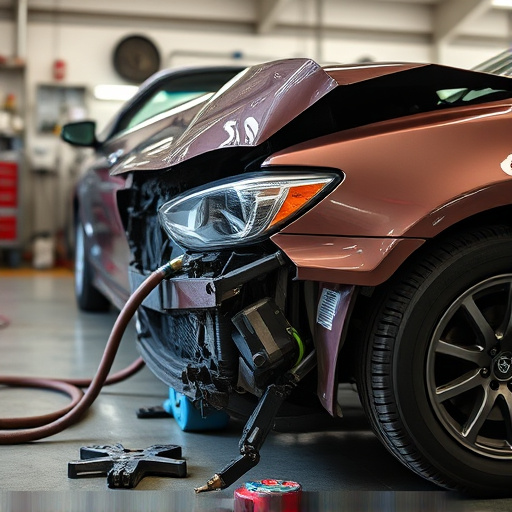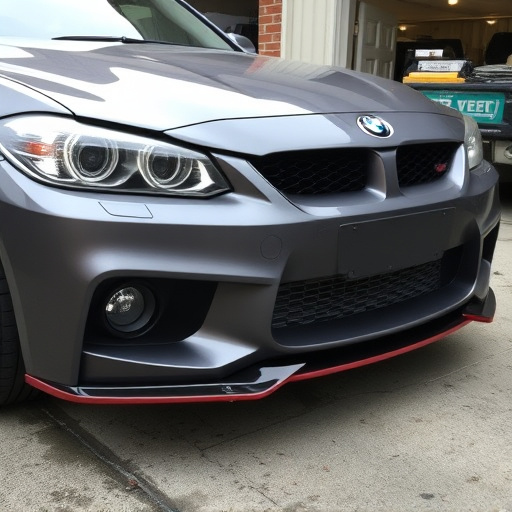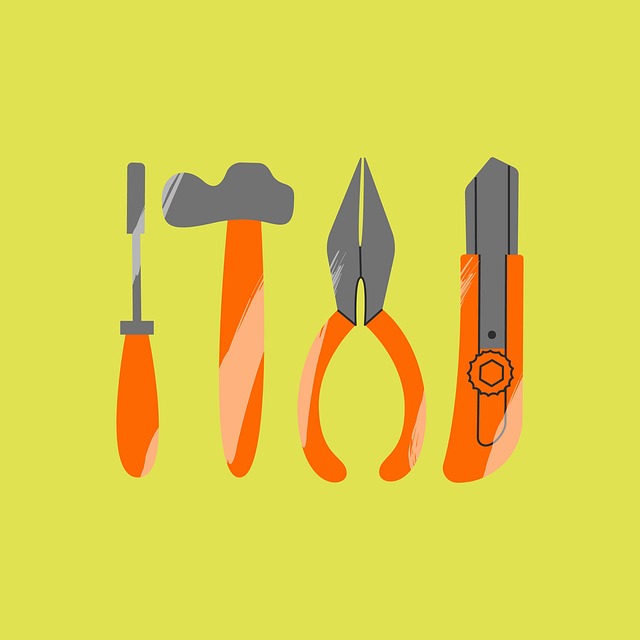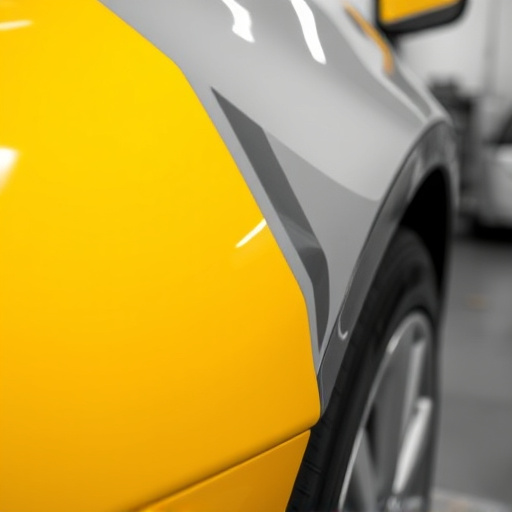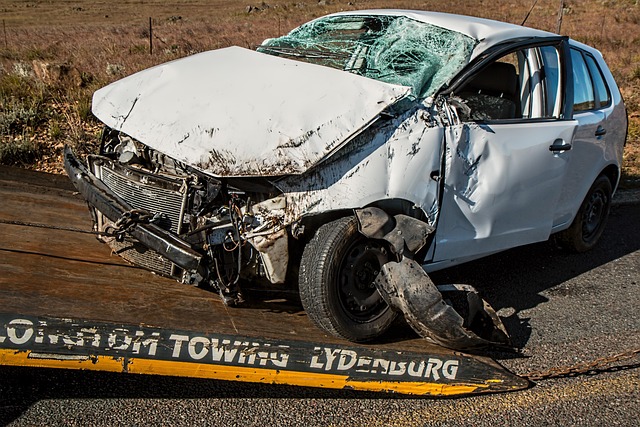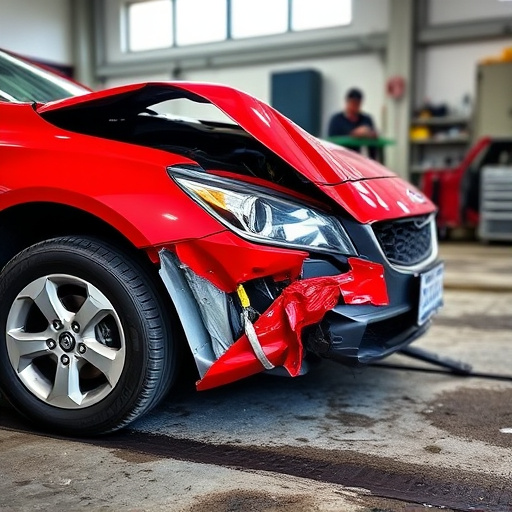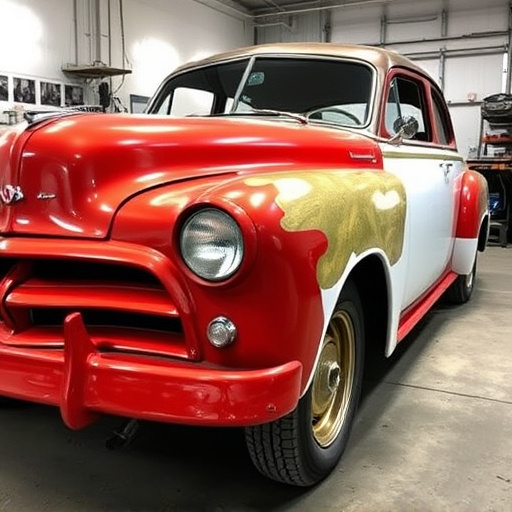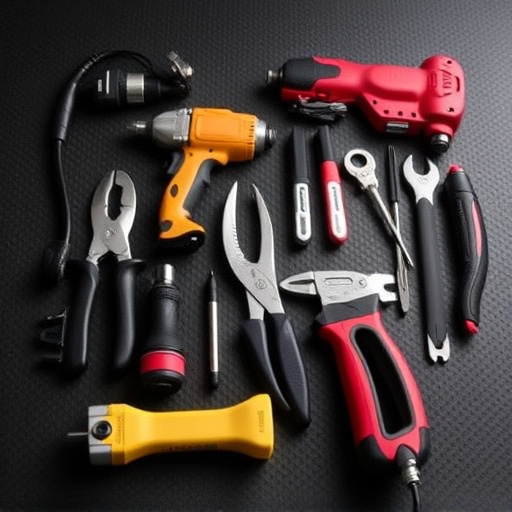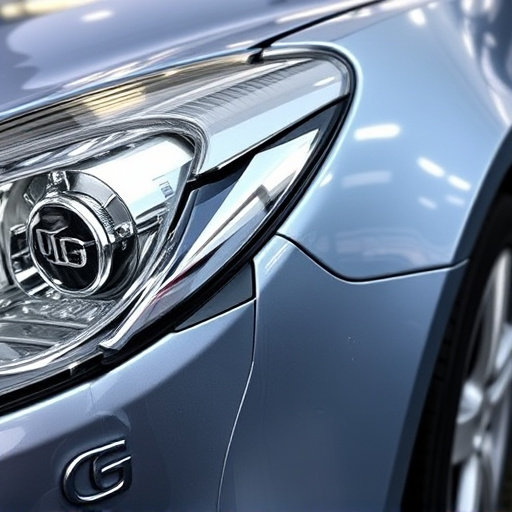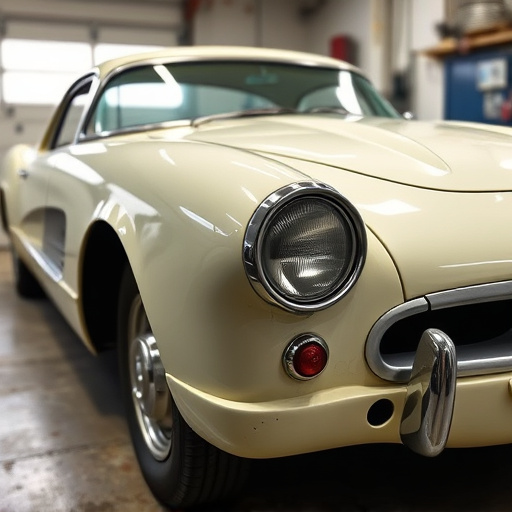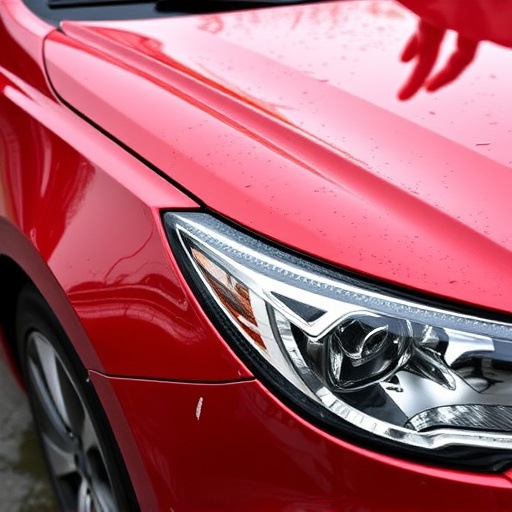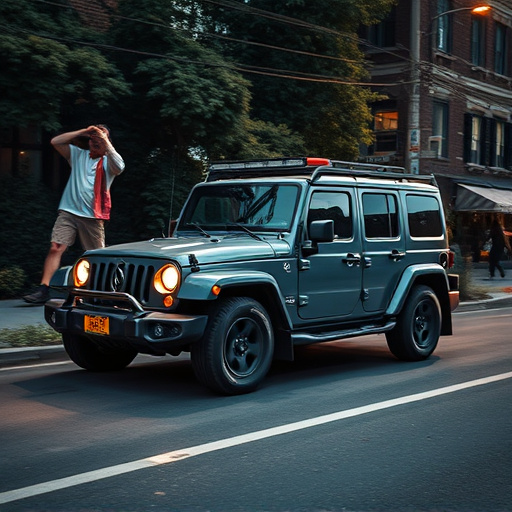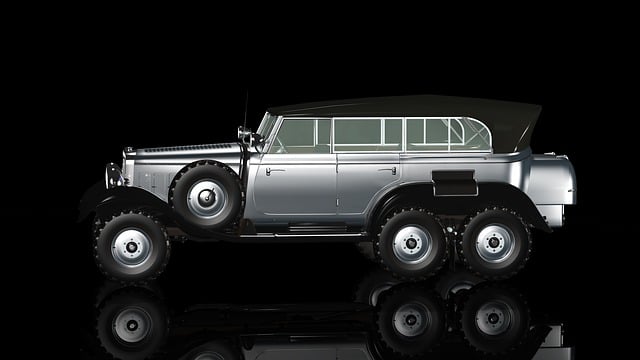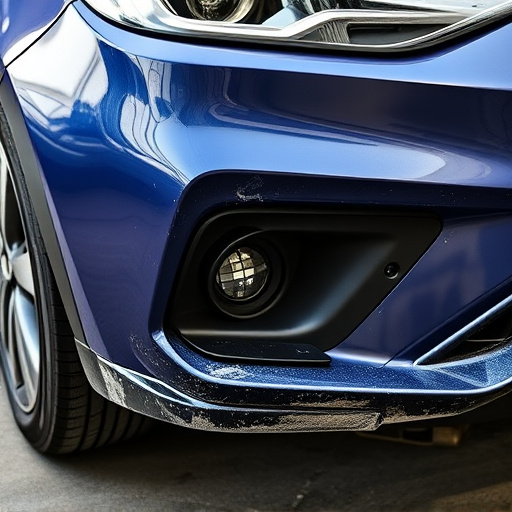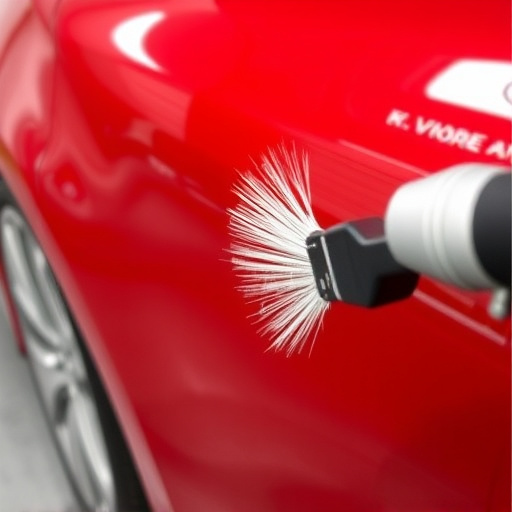Vintage auto body repair combines traditional craftsmanship and meticulous detail work to preserve classic car aesthetics and history. Enthusiasts use hand tools and specialized techniques like metalworking and wood panel repair, honoring automotive heritage through their passion and global community.
Vintage auto body repair is more than just restoring cars; it’s preserving history. For enthusiasts, it’s a chance to breathe new life into classics, keeping them on the road and in showrooms. This art form demands unique skills and tools, passed down through generations of experts. It also fosters a strong community bound by passion for vintage vehicles. In this article, we explore the significance of vintage auto body repair, its technical aspects, and the vibrant culture it nurtures.
- Preserving History: Why Vintage Auto Body Repair Matters
- Skills and Tools: The Art of Old-School Restoration
- Community and Passion: Connecting Through Classic Cars
Preserving History: Why Vintage Auto Body Repair Matters
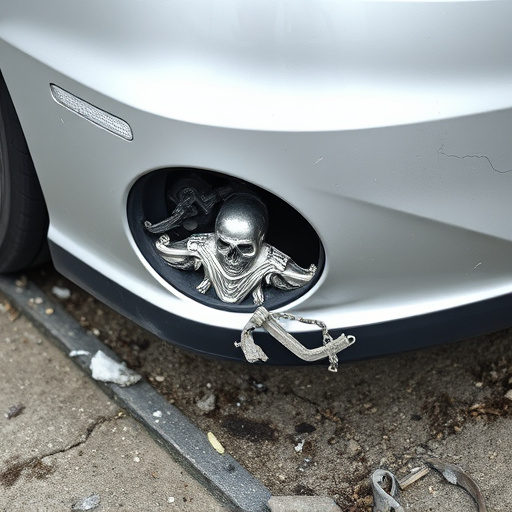
The art of vintage auto body repair holds immense significance for automotive enthusiasts as it allows them to reconnect with the rich history of motoring. Each classic car is a piece of living history, and restoring its original body panels is an act of preservation. This process ensures that the aesthetic and structural integrity of these vintage vehicles are maintained, keeping them true to their era.
By opting for vintage auto body repair techniques, enthusiasts can revive the beauty and charm of older models while also contributing to the conservation of automotive heritage. It’s a way to honor the past and ensure these timeless machines remain in running condition for future generations to appreciate. This specialized form of restoration is not just about fixing cars; it’s about storytelling through the art of vehicle body repair, preserving memories, and creating a connection between today’s drivers and the automotive pioneers of yesterday.
Skills and Tools: The Art of Old-School Restoration
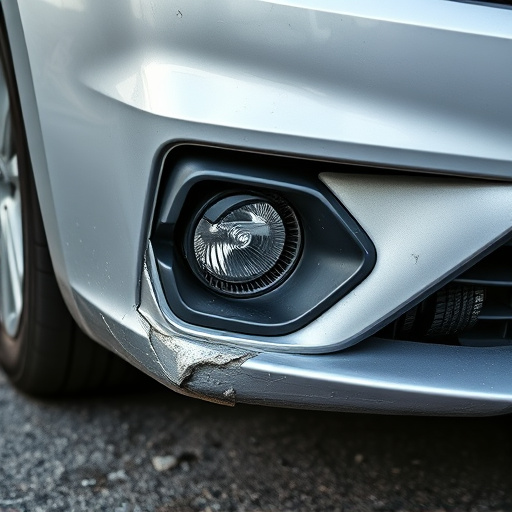
The art of vintage auto body repair is a fascinating blend of traditional craftsmanship and meticulous attention to detail. Enthusiasts who embrace this old-school approach often possess a deep understanding of the tools and techniques used in bygone eras, allowing them to restore classics with authenticity. Skilled restorers employ hand tools, such as hammers, chisels, and files, for precise shaping and fitting, unlike modern power tools that prioritize speed over finesse.
This hands-on process involves specialized skills like metalworking, wood panel repair, and paint restoration, all of which are integral to recreating the original aesthetics of vintage vehicles. While contemporary collision repair services often streamline the process, enthusiasts appreciate the artistry behind the scene, ensuring every curve, crevice, and dent is meticulously addressed, much like a fine art piece.
Community and Passion: Connecting Through Classic Cars
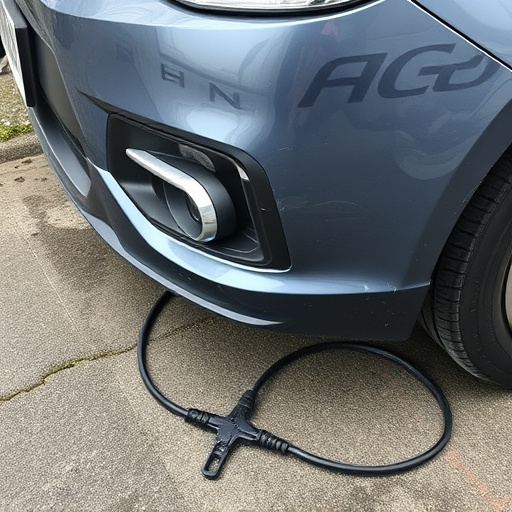
For many enthusiasts, vintage auto body repair isn’t just a skill or trade; it’s a passion that connects them to a global community of like-minded individuals. This unique subculture thrives on the love for classic cars and the art of restoring them to their former glory. Engaging in vintage auto body repair allows enthusiasts to collaborate, share knowledge, and learn from one another, fostering a sense of camaraderie. They gather at auto collision centers or specialized shops, becoming part of a vibrant network dedicated to preserving automotive history.
Through online forums, local clubs, and social events, these passionate individuals connect over their shared love for old models, discussing intricate details, debating restoration techniques, and offering solutions to challenging repairs. This community aspect adds a layer of fulfillment to the vintage auto body repair process, making it more than just a job—it’s a journey of discovery, connection, and celebration of automotive heritage.
Vintage auto body repair isn’t just about restoring vehicles; it’s a journey into preserving automotive history. By embracing old-school methods, enthusiasts keep classic cars alive, fostering a tight-knit community centered around passion and craftsmanship. This traditional art form ensures that the rich tapestry of automotive heritage remains intact, offering a unique connection to the past while also creating opportunities for future generations to appreciate and maintain these timeless treasures.
